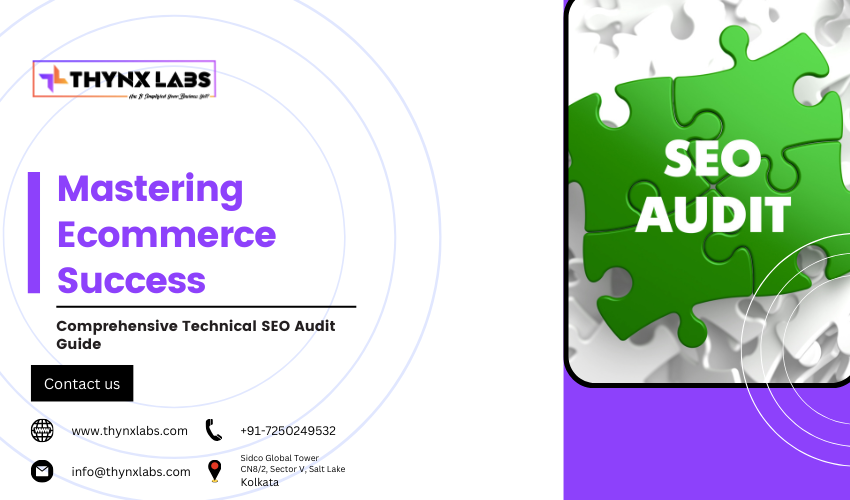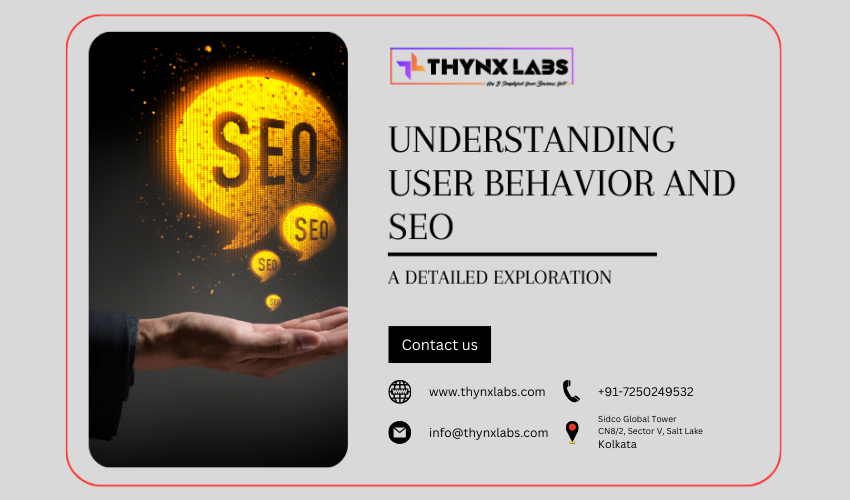How to Implement Design Thinking in Your SEO Strategies in 2024
In the ever-evolving digital landscape, staying ahead of the competition requires innovative and user-centric approaches. Design thinking, a methodology focused on understanding users' needs and solving complex problems creatively, can be a game-changer for your SEO strategies. By incorporating design thinking into your SEO efforts, you can enhance user experience, drive more organic traffic, and achieve better search engine rankings. Here’s how you can implement design thinking in your SEO strategies in 2024.
Understanding Design Thinking
Design thinking is a problem-solving approach that involves five key stages: empathize, define, ideate, prototype, and test. This methodology encourages a deep understanding of users' needs and iterative development to create effective solutions. Applying design thinking to SEO means prioritizing user experience and continuously optimizing your strategies based on user feedback and data.
Stage 1: Empathize
Understand Your Audience
The first step in design thinking is to empathize with your users. To create SEO strategies that resonate with your audience, you need to understand their needs, behaviors, and pain points. Here’s how:
- User Research: Conduct surveys, interviews, and usability tests to gather insights about your target audience.
- Analytics: Use tools like Google Analytics to analyze user behavior, such as pages visited, time spent on site, and bounce rates.
- Social Listening: Monitor social media channels and forums to understand what your audience is talking about and what they need.
Stage 2: Define
Identify Key Problems
Once you have a deep understanding of your audience, define the key problems they face. This stage involves synthesizing your research findings to identify the primary challenges and opportunities. Here’s how:
- Persona Development: Create detailed user personas that represent different segments of your audience.
- Problem Statements: Develop clear problem statements that outline the issues your users are experiencing.
Stage 3: Ideate
Brainstorm SEO Solutions
With a clear understanding of your audience and their problems, brainstorm creative solutions to address these issues. This stage is about generating a wide range of ideas and selecting the most promising ones. Here’s how:
- Keyword Research: Identify relevant keywords and search queries that your target audience is using.
- Content Ideas: Brainstorm content ideas that address your audience’s needs and align with their search behavior.
- SEO Tactics: Explore various SEO tactics, such as on-page optimization, link building, and technical SEO, to improve your website’s performance.
Stage 4: Prototype
Develop and Implement SEO Strategies
Once you have a list of potential solutions, create prototypes of your SEO strategies. This stage involves developing and implementing your ideas on a small scale to test their effectiveness. Here’s how:
- Content Creation: Develop high-quality content based on your keyword research and content ideas.
- On-Page Optimization: Implement on-page SEO techniques, such as optimizing meta tags, headers, and images.
- Technical SEO: Ensure your website is technically sound by optimizing site speed, mobile-friendliness, and URL structure.
Stage 5: Test
Analyze and Optimize
The final stage of design thinking is to test your prototypes and gather feedback. Continuously analyze the performance of your SEO strategies and make data-driven adjustments to optimize results. Here’s how:
- Performance Metrics: Track key SEO metrics, such as organic traffic, conversion rates, and keyword rankings.
- User Feedback: Collect feedback from users to understand their experience and identify areas for improvement.
- Iterative Optimization: Regularly update and refine your SEO strategies based on performance data and user feedback.
Integrating Design Thinking with SEO Tools
To effectively implement design thinking in your SEO strategies, leverage various SEO tools that provide valuable data and insights. Here are some essential tools:
- Google Analytics: Monitor user behavior, traffic sources, and conversion rates.
- Google Search Console: Track keyword rankings, site performance, and crawl errors.
- SEO Tools: Use tools like SEMrush, Ahrefs, and Moz for keyword research, backlink analysis, and site audits.
- Heatmaps and Session Recordings: Use tools like Hotjar or Crazy Egg to visualize user interactions and identify areas for improvement.
Conclusion
Implementing design thinking in your SEO strategies in 2024 can lead to a more user-centric approach, driving better results and outperforming the competition. By empathizing with your audience, defining key problems, brainstorming creative solutions, prototyping strategies, and continuously testing and optimizing, you can create effective SEO campaigns that resonate with users and achieve higher search engine rankings. Embrace design thinking to enhance your SEO efforts and stay ahead in the dynamic digital landscape.


